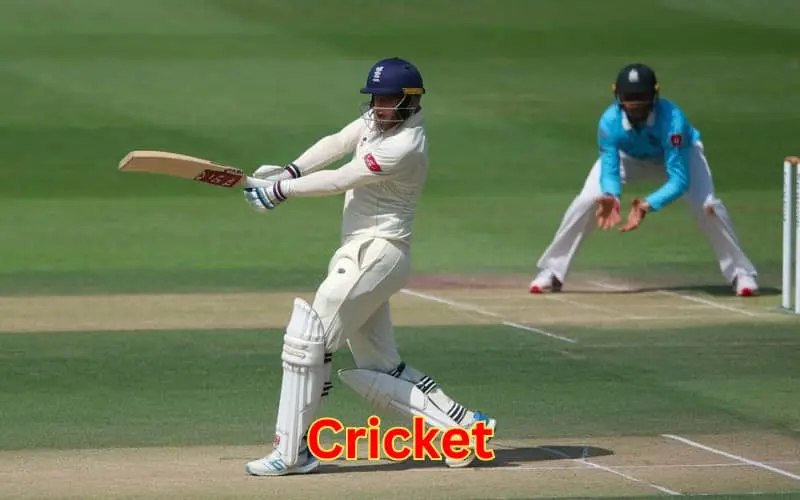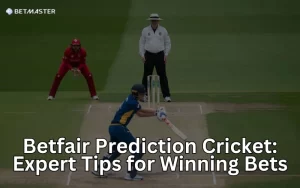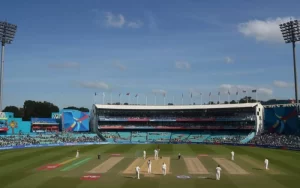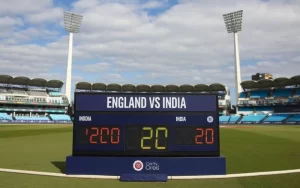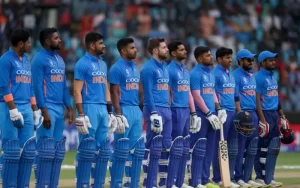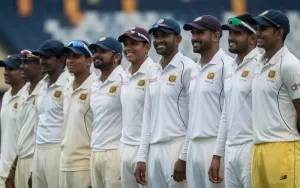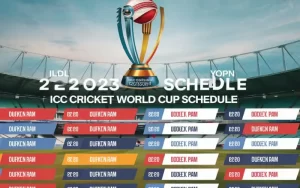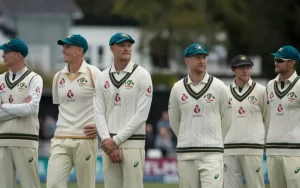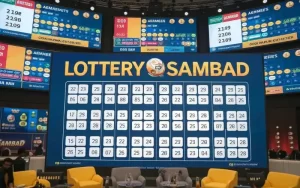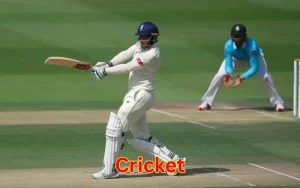Cricket, often referred to as a religion in India, is more than just a sport; it’s a vibrant part of the country’s culture and identity. With a massive following, thrilling matches, and iconic players, cricket captures the hearts of millions. This guide will delve into the history, rules, formats, and significance of cricket in India, helping you appreciate the game even more.
A Brief History Cricket,
England, gradually evolving into the structured sport we know today. It was brought to India by the British in the 18th century. The first recorded cricket match in India took place in 1721, and the game quickly gained popularity. By the 20th century, India established its own cricketing institutions, leading to the formation of the Board of Control for Cricket in India (BCCI) in 1928.
The Indian cricket team made its Test debut in 1932 and gradually evolved into a competitive force in international cricket. The team’s victories in the 1983 Cricket World Cup and the 2007 ICC T20 World Cup marked significant milestones in Indian history, igniting a passion for the game across the nation.
The Structure Cricket,
The game takes place on a circular or oval field with a 22-yard long rectangular pitch at its center. Here’s an overview of the structure of the game:
1. Basic Rules
- Innings: Each team takes turns to bat and bowl. The batting team aims to score runs while the bowling team aims to dismiss the batsmen and restrict runs.
- Runs: Batsmen score runs by running between the wickets or by hitting boundaries—4 runs for a ball that crosses the boundary after touching the ground and 6 runs for a ball that crosses the boundary without touching the ground.
- Dismissals: A batsman can be dismissed in several ways, including being bowled, caught, leg before wicket (LBW), stumped, and run out.
played in three main formats:
- Test Cricket: The longest format of the game, where each team plays two innings over five days. Test emphasizes endurance, skill, and strategy, making it the ultimate test for players.
- One Day Internationals (ODIs): Each team plays 50 overs in a single innings. The fast-paced nature of ODIs attracts significant viewership, especially during tournaments like the Cricket World Cup.
- Twenty20 (T20): A shorter format where each team plays 20 overs. T20 cricket is dynamic and thrilling, often featuring explosive batting and innovative bowling. The Indian Premier League (IPL) has popularized this format, attracting global audiences and star players.
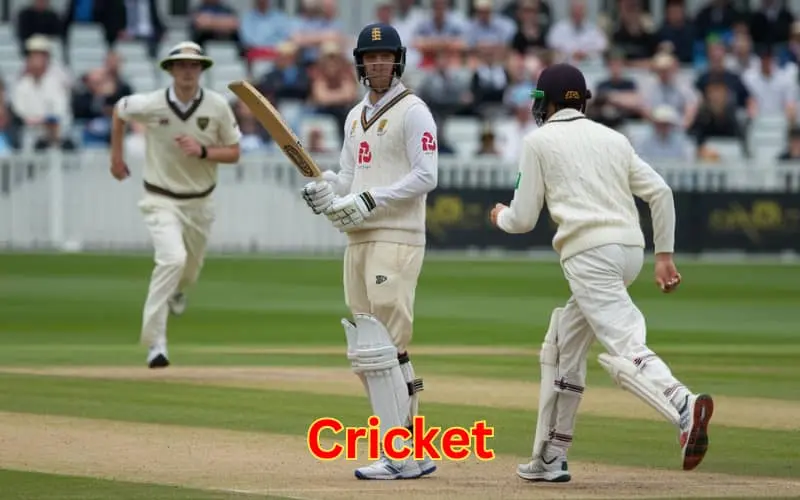
The Indian Premier League (IPL)
The IPL, established in 2008, has transformed cricket in India and globally. This T20 league showcases a mix of local and international talent, with franchises representing various cities. The IPL’s unique format, combining with entertainment, has revolutionized the way fans engage with the sport. High-octane matches, celebrity involvement, and the auction of players make the IPL a spectacle that goes beyond the traditional game slottica.
Economic Impact
The IPL has a significant economic impact on Indian , generating substantial revenue through broadcasting rights, sponsorships, and ticket sales. It provides financial support to players and grassroots cricket initiatives, helping to nurture the next generation of talent.
Icons of Indian
Over the years, India has produced legendary players who have left an indelible mark on the sport. Some iconic figures include:
- Kapil Dev: The captain who led India to its first World Cup victory in 1983, Kapil Dev is revered for his all-round skills and leadership.
- Sachin Tendulkar: Known as the “Little Master,” Tendulkar is one of the greatest batsmen in history, holding numerous records, including the most runs in international cricket.
- Rahul Dravid: Nicknamed “The Wall,” Dravid is celebrated for his technique and resilience, being a crucial part of India’s batting lineup for years.
- MS Dhoni: The captain who led India to victory in the 2007 T20 World Cup and the 2011 ODI World Cup, Dhoni is known for his calm demeanor and exceptional finishing abilities.
- Virat Kohli: One of the modern greats, Kohli’s aggressive batting and leadership have made him a standout figure in contemporary cricket.
The Cultural Significance
It transcends boundaries, bringing people together irrespective of their backgrounds. Streets and parks transform into makeshift grounds, and children dream of emulating their heroes. Major matches, especially those against arch-rivals like Pakistan, become national events, uniting fans in shared excitement and anticipation.
Social Impact
Programs teach teamwork, discipline, and perseverance. Players typically volunteer for charitable causes that address social issues.
Conclusion
Whether you’re a casual viewer or a die-hard fan, understanding the nuances of cricket enhances your appreciation for this beloved sport. From its rich history to the thrilling matches played today, cricket embodies the spirit of competition bet master, camaraderie, and national pride.
As you engage with this ultimate guide, take a moment to celebrate the joy that brings to countless lives. Grab your bat, rally your friends, and join in the spirit of the game!
